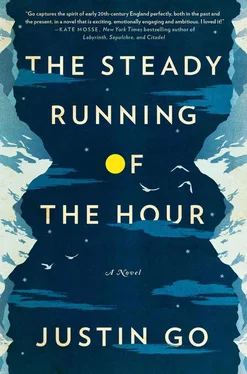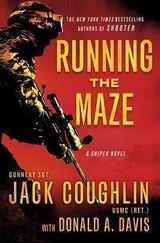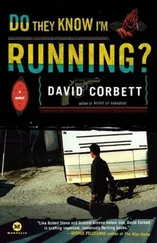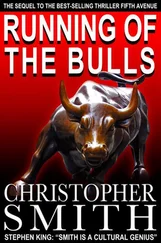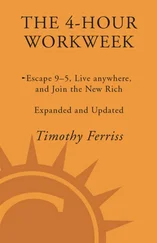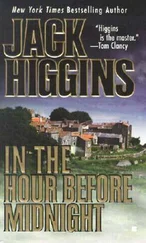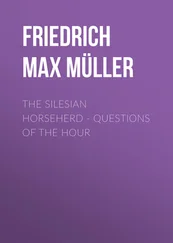I nod. — I thought maybe the damage was from the war. But what are the words above your door?
— Hier sind sie sicher ? I didn’t paint that. I went to Copenhagen for a few weeks and when I came back it was there—
— But what does it mean?
She shrugs. — Here you are safe.
The jeweler walks to the door and holds it open for me.
— Just remember, she says. Keep the brooch.

I walk out of the building trying to make sense of what I’ve learned. The brooch is from Iceland, a country with no connection to my grandmother that I’ve ever heard. I cross Oranienburger Straβe and sit on a bench, rereading the jeweler’s translation in my notebook. Halfway through the paragraph, I shut the notebook and start jogging back toward the hostel.
By the time I cross Rosenthaler Platz I’m moving at a dead run. I enter the hostel and take the stairs two steps at a time. Imogen’s letters are in my backpack. It takes a moment to find the right page.
17 October 1916
Dearest —
Eleanor & I went to the London Library today. I picked a tall stack of volumes, but sitting down to them, found myself asleep before ten pages were read. I dreamt of wondrous things — the stave church at Urnes I told you of, but the famous portals were yet uncarved, so you drew out your knife & we shaped them together — you carving one creature & I the other, their bodies linked fast. You lopped off a piece of the portal as a Souvenir for me, and told me to guard it well, for we were now as joined as two souls could be. Then the carillon tolled, for it was time for us to enter the church, but when you put your hand on the door — I awoke.
I take the brooch out, turning it over in my hands. The silver is cold. I run my finger over the hard flat eye of the dragon, no wider than a blade of grass.
If only I’d never seen it , I think. If only I’d never sent for it .
I go downstairs to the computers and log on to a search engine. I hesitate for a moment. Then I type in Urnes .

At midnight I lie awake in my hostel bed, listening to the streetcars halting and starting below, the laughter and voices carried up from the sidewalk cafés. The other guests in my room come and go, sipping and clinking beer bottles, rummaging through bags under the half-light of a bedside lamp, changing clothes and setting out into the night.
The brooch is under my pillow. It is only half a secret now. I’ve spent four hours reading about Norse art.
The “Urnes style” of the eleventh and twelfth centuries was the last of several Viking-age styles of animal art. It is named for the stave church at Urnes, which lies on a rise above the blue waters of the Lustrafjord, an inner passageway of the longest fjord in Norway. The intricate carvings on the church’s north portal depict a writhing snake in the jaws of a four-legged creature. Here we meet the zenith of a fluid and highly stylized aesthetic, where animals flail in the embrace of desperate combat, their curling limbs suggesting a physical fate that is at once dynamic and irrevocable.
I know I could go back to England or go back to France, or even go back home. But I know I won’t do any of those things. Since I got off the plane at Heathrow I’ve been in a world I hardly recognize. I sense a new set of natural laws at work, but I don’t understand what governs them.
The later Urnes style survives in objects created throughout the Nordic world: runestones from eastern Sweden, bronze ornaments from Denmark, silver brooches from southern Iceland. Some scholars believe the creatures represent a Christian vision of the struggle between good and evil. Others contend they depict the Norse legend of Ragnarök, a vision of the end of the world marked by natural disasters and a great battle where gods and men perish alike, leaving two human survivors to begin the world anew. Whatever the inspiration behind the Urnes carvings, in them the viewer recognizes a perverse irony: as each creature clashes against its foe, it becomes more like its enemy, until at last they are intertwined in a death embrace, nearly inseparable from each other — marked by their struggle, but bound by their common fate.
What is the force that guides me toward them? What could you call the thing that pushed Ashley and Imogen together and then pulled them apart? Was it the same force that drove the millions of Europe toward cataclysm, to fight for years against an enemy they had no reason to hate? Next to that Ashley and Imogen were just whitecaps on the sea, the debris of a colossal shipwreck.
Among the exponents of the “modern revival” style was Ísleifur Sæmundsson, a silversmith from the remote eastern fjords of Iceland. Working at a great distance from the art centers of Europe, Ísleifur was notable for fusing modernist influences with Viking age motifs. In his brief career (c. 1925–1937) Ísleifur produced work ranging from sleek Art Deco — influenced jewelry to relatively faithful interpretations of Ringerike and Urnes museum pieces.
I had no business dredging up other people’s past. And there was nothing I could do eighty years later about two long-dead lovers who ought to have been long forgotten. Maybe it was kinder just to forget about it, to let everything go to dust. Maybe that was how the world softened a cruelty like Ypres, because Ypres and Regent’s Park would look the same after eighty years under the Flemish mud.
I throw back the cover from my bed. I take out my notebook.
What I know for sure:
1. In 1916 Imogen wrote to Ashley mentioning the carvings at Urnes — something they’d evidently already discussed.
2. Sometime in the 1920s–30s an Icelandic silversmith named Ísleifur Sæmundsson made an Urnes-style brooch.
3. The brooch was engraved with Charlotte’s initials.
4. Someone gave Charlotte the brooch.
5. It’s September 24. I have two weeks left.
Dressing in the dark, I take my wallet from my backpack. I go downstairs to the computers and buy a one-way ticket to Reykjavík.

5 May 1924
Camp II, 19,800 feet
East Rongbuk Glacier, Tibet
The sun ratchets above the valley walls, glinting off the fifty-foot ice cliff that dwarfs the camp. Seated on a circle of packing crates, the climbers breakfast on hot tea and tinned biscuits, the green canvas pyramids of the tents swaying beside them in the wind. Ashley takes a tiny bite of biscuit and marmalade. He starts to gag and gulps from a tin of café au lait to get it down. Beside him the colonel composes a press dispatch into a notebook in small, precise longhand.
Price and Mills chew their biscuits quickly. Price dons the oxygen apparatus for testing, looking alien in his pith helmet and glacier goggles and rubber face mask. He sucks at the gas, grasping the length of India rubber tubing as Mills studies the glass-enclosed pressure dial. Mills cranks the wheel atop the steel cylinder.
— Sixty atmospheres. A wonder it’s only half leaked. Feel any different?
Price lifts a mittened hand tentatively. He shakes his head and breathes in deeper.
— Bloody sorcery, Ashley croaks.
The colonel looks up from his notebook.
— You know, Walsingham, when we were last up here Price was forever talking about this chum of his. A climber who was up to all kinds of adventures in Arabia. I could swear I heard he’d discovered the pyramids of Giza.
Читать дальше
